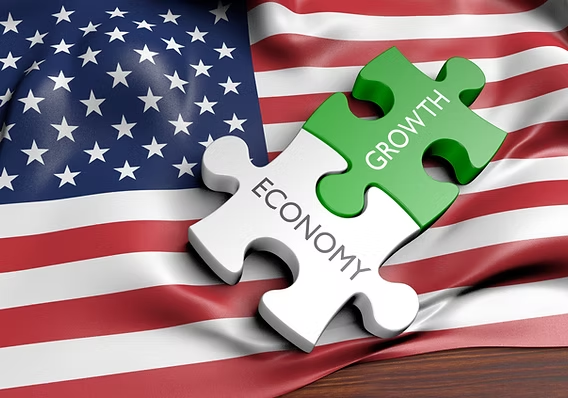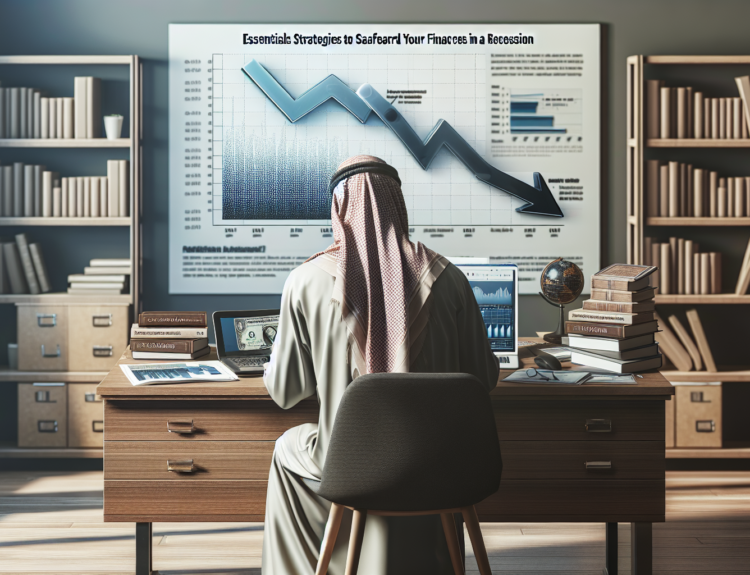Understanding the Current State of the U.S. Economy: Key Insights and Analysis
The U.S. economy is often viewed as a global bellwether, influencing markets and economies worldwide. As we navigate the complexities of 2023, it is crucial to analyze the economic indicators, trends, and upcoming challenges that shape our financial landscape. In this blog post, we will delve into key aspects of the U.S. economy, shedding light on its current state and future outlook.
Economic Growth Trends: A Snapshot
The U.S. economy has experienced fluctuating growth rates in recent years. According to the Bureau of Economic Analysis, the GDP has shown a steady rise, with recent quarterly data indicating an annualized growth rate of approximately 3.5%. However, this growth has not come without its share of challenges. Factors such as inflation, supply chain disruptions, and geopolitical tensions have all played a significant role in shaping the economic climate.
Key Metrics Influencing Economic Growth
- GDP Growth Rate: Currently at 3.5%, reflecting a rebound from previous downturns.
- Unemployment Rate: The unemployment rate stands at 3.8%, nearing pre-pandemic levels, but job creation remains uneven across different sectors.
- Inflation Rate: Inflation has been a pressing concern, with consumer prices rising by 6.2% year over year. The Federal Reserve’s response, including interest rate adjustments, is critical in managing inflationary pressures.
Labor Market Dynamics
The labor market is a crucial component of economic analysis. While the unemployment rate has decreased, discrepancies remain in labor force participation and job quality. Industries such as technology and healthcare continue to see robust job growth, while others, like retail and hospitality, face significant challenges.
Labor Market Statistics
- Job Openings: There are currently over 10 million job openings, signaling demand for labor despite rising economic uncertainties.
- Wage Growth: Average wages have seen an increase of 4.5% over the past year, but real wage growth has been eroded by inflation, causing concern among consumers.
The Influence of Consumer Spending
Consumer spending accounts for about 70% of the U.S. economy, making it a vital indicator of economic health. Recent surveys indicate that consumer confidence is wavering, primarily due to rising prices and uncertainty about economic stability.
Consumer Spending Insights
- Retail Sales: Retail sales increased by 4% last quarter, primarily driven by strong demand for online shopping and essential goods.
- Consumer Sentiment Index: The Consumer Sentiment Index reported a significant drop, reflecting concerns about inflation and the overall economic outlook.
Housing Market Trends
The housing market is another critical area of focus in economic analysis. As interest rates rise, the affordability of housing is becoming a pressing issue for many Americans. The housing market has shown signs of cooling, with home prices stabilizing after a period of significant increases.
Housing Market Data
- Home Prices: Average home prices increased by 8% over the last year, though growth is slowing as mortgage rates rise.
- Mortgage Rates: The average 30-year fixed mortgage rate reached 6.5%, discouraging potential homebuyers and slowing down home sales.
Future Outlook: Challenges and Opportunities
As we look to the future, several challenges loom over the U.S. economy, including supply chain disruptions, geopolitical tensions, and the ongoing threat of inflation. However, opportunities also abound in the form of technological advancements and sustainable investments.
Key Takeaways
- Economic Resilience: Despite challenges, the U.S. economy has shown resilience with consistent growth trends.
- Monetary Policy: The Federal Reserve’s actions regarding interest rates will be crucial in addressing inflation and supporting economic stability.
- Investment in Innovation: Encouraging investment in technology and sustainable practices can foster long-term growth and competitiveness.
Conclusion: Keeping a Close Eye on the Future
In conclusion, the U.S. economic landscape is multifaceted and evolving. As key indicators fluctuate, monitoring the labor market, consumer behavior, housing trends, and government policies will be essential for understanding the broader economic picture. Investors, policymakers, and consumers alike must remain vigilant amid the complexities of the modern economic environment.
Tags: #USEconomy #EconomicAnalysis #GDP #Inflation #ConsumerSpending #HousingMarket
Category: Economics, Finance, Business
Call to Action: Stay informed by subscribing to our blog for the latest insights and analysis on the U.S. economy and beyond!



